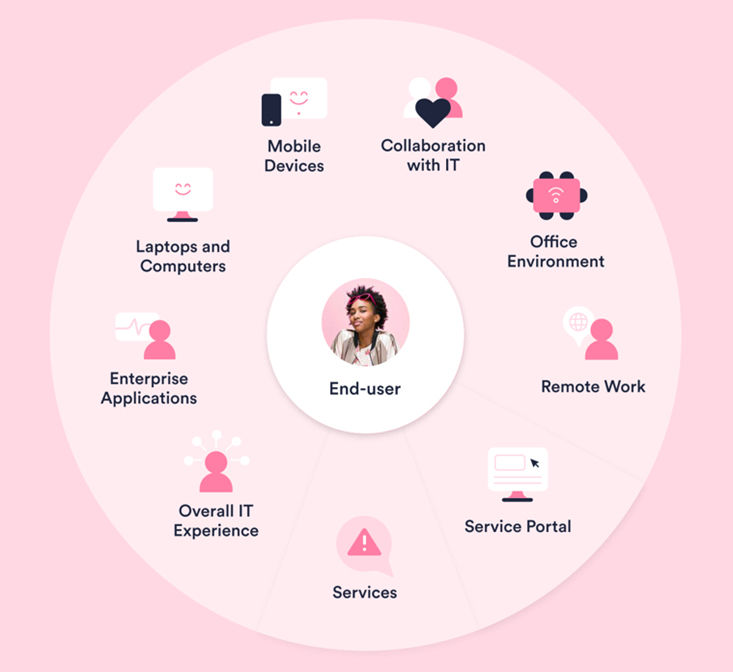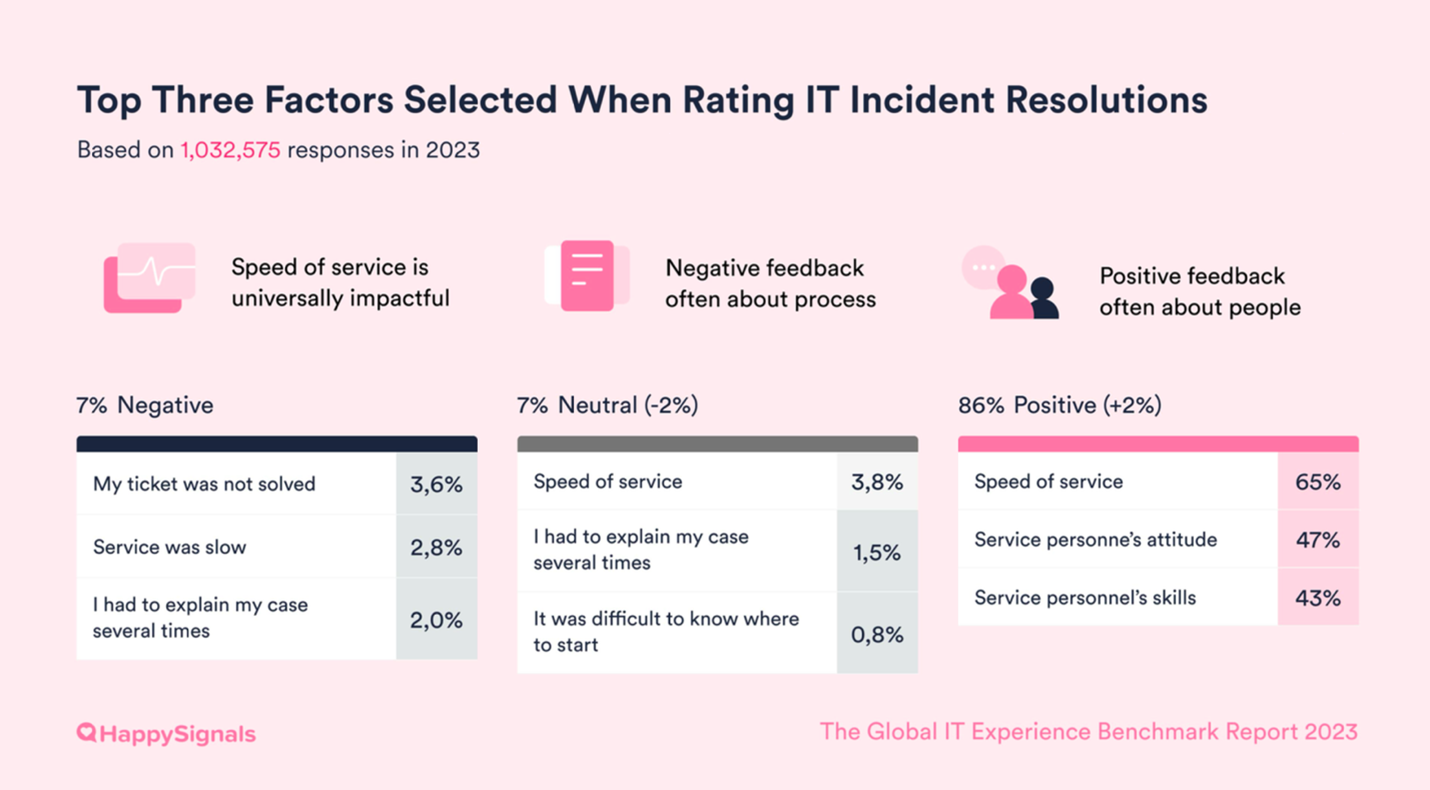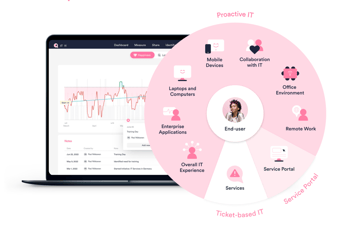The coming of Artificial Intelligence (AI) in commercially available forms is bringing about a major change in the business world. Organizations of almost every size and shape and across many industry verticals are clamoring for AI's supposed advantages, including faster responses, better insights, and increased automation. Technology solution providers are vying for business, each touting its approach to AI and its uses. Many organizations find themselves uncertain; they know—or think they know—that to remain competitive they need AI, but they are unsure how it will affect their businesses, employees, and customers. They may ask, "What if our competitors have it we don't?"
That question can lead to herding behavior on the part of organizations, meaning that the organization is essentially saying, "Everyone is going that way. We have to go that way, too." Herding behavior is the organizational version of FOMO (Fear Of Missing Out).
In their academic paper, How Uncertainty Shapes Herding in the Corporate Use of Artificial Intelligence Technology, Ameye, Bughin, and van Zeebroeck wrote:
"…artificial intelligence (AI) poses specific new challenges and questions for researchers interested in technology use among firms. They derive from the character of AI technology: a GPT with very diverse sub-technologies (e.g., speech recognition, image recognition, computer vision, natural language processing and generation, autonomous vehicles, robotic process automation, etc.), rapid development, highly diverse use cases (e.g., hyper-personalization, human conversation and interaction, pattern and anomaly detection, goal-directed systems, decision support, autonomous systems, etc.) and the ability to change the way decisions are made in organizations. We posit that this uniqueness induces a specific type of uncertainty that has rarely been considered in the literature on new technologies: uncertainty about the technology's use cases, i.e., for what purpose should firms use AI in the first place?"
This post will focus on better ways to answer that last question and how gathering experience data—specifically data from IT's end-users—can guide the choice of use cases and help us see the purpose(s) for AI deployment.
What problem are we trying to solve?
First, let's point out that "What if our competitors have it and we don't?" does not call out a problem. Having a specific technology does not mean it will give you an advantage; everything depends on how and where you leverage it. At least one American fast-food chain has discovered that AI did not know how to accelerate its drive-through ordering as it was executed. McDonald's is discontinuing its first attempt at AI-powered ordering, while Wendy's has a pilot program in progress.
"A problem well stated is a problem half-solved." – Charles F. Kettering
As these initiatives progress, we will continue to see that technology alone does not produce a good outcome; it is understanding the problem and deciding if, when, and how to apply technology to help us solve it. (Please note that we are not using the word problem in its IT service management sense, but rather in its common definition.)
How experience data helps us see and understand problems
Of course, there isn't one problem; in IT, there are many. Technology is complex, and complex things break or malfunction occasionally. But that's not all.
- Enterprise applications may be challenging to use
- Laptops, desktop computers, and mobile devices may have shortcomings
- Remote work may produce challenges that don't exist in the office; the opposite may also be true
- Services offered by IT may be inadequate or misunderstood
- Collaboration with IT may be problematic
- Getting assistance may be difficult and/or less than satisfactory

IT may already have or may be considering tools with embedded AI that may ease these issues where they exist. Still, unless there is specific information on which problem exists—or is perceived to exist—there isn't a way to know whether or not the tool(s) will help.
The best way to obtain that specific information is to ask the people who do the work and use the applications and devices daily because humans are the best sensors. In other words, use ITXM™ to discover where the issues are and whether or not AI is a good way to fix them or has any role to play in improving the end-user experience.
Once your ITXM™ data from end users tells you where your most significant needs for improvement are, you need to have conversations with your current or prospective tool providers to get answers and demonstrations.
Using data to select and prioritize
If we focus on one particular area of IT work, we can see precisely how experience data can help us zero in on the application of AI. When employees think of IT, they often think of the service desk and their common interactions. If we can look into how end-users view these interactions, we can look for places where the application of AI might make a difference. The Global IT Experience Benchmark Report 2023 shows some specifics about how end-users perceptions—positive, neutral, and negative—concerning IT incidents (unplanned interruptions):

The speed of service appears under all three ("universally impactful" service was slow, second under negative, and speed of service, first under neutral and positive.) Taking advantage of AI's speed might reduce negative and neutral sentiments. Using Generative AI to summarize interactions and documentation can save minutes on every contact to the service desk, increasing the capacity of the service desk and providing faster service across the board.
But it goes beyond that. Look at the lists again. My ticket was not solved, which we do not want to see. One of the most popular AI tools is "agent assist" or "AI coaching." In real-time, it can deliver in-ear or on-screen information to an agent. Coupled with more efficient knowledge management using Generative AI, the number of unresolved cases can be reduced. The service personnel's skills can also be bolstered by AI-assisted coaching.
Another power of Generative AI is that it can summarize the interactions between the end-user and agent and present the summary to a supervisor, Tier 2 agent, or anyone else who might be asked to take on the contact, eliminating the need to repeat the information already shared.
Even the service personnel's attitude could be positively affected if staff are relieved of the burden of repetitive work and can use AI tools to help with tedious tasks.
You can prioritize your actions
Suppose you have ITXM data to look at in many areas besides IT incidents. In that case, you can perform similar exercises to match AI capabilities to areas that need improvement, or that can benefit from AI's endurance, speed, and consistency. It is important to note that, depending on your industry, geographical location, and the breakdown of the Support Profiles in your organization, you can and should decide if and how to apply AI assistance to derive the most significant benefit.
Like any technology, the benefit is derived from the best use. Buying or upgrading to any tool with embedded AI can help you improve, but you need to do the homework to find the right places to "plug it in." ITXM can give you the information you are looking for.






